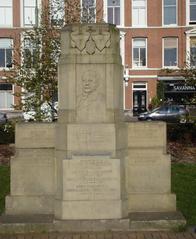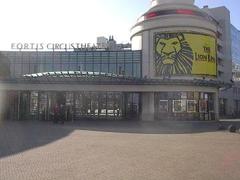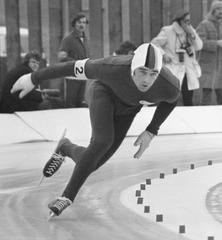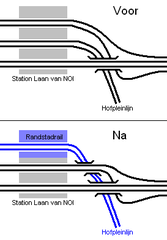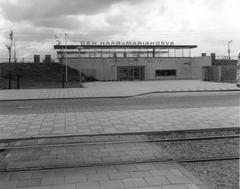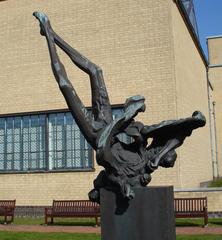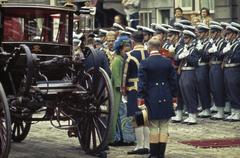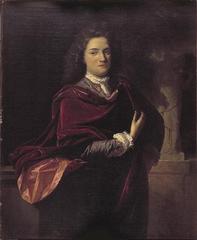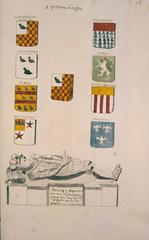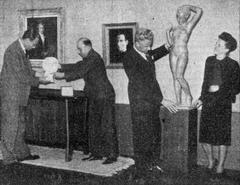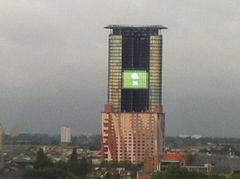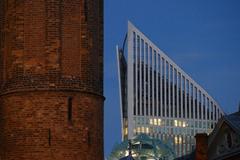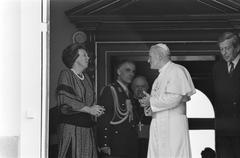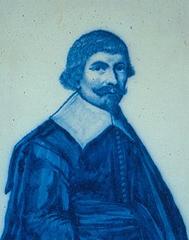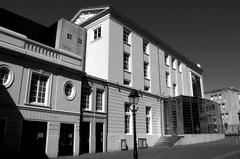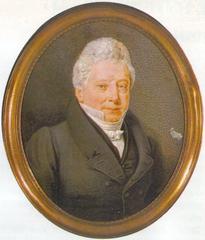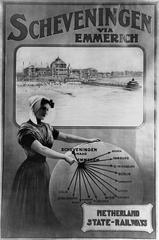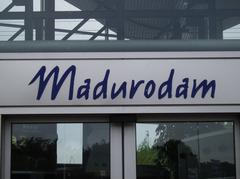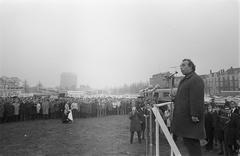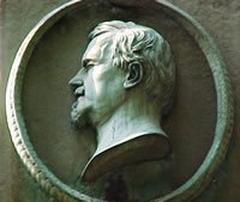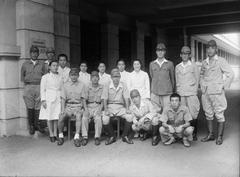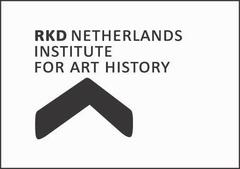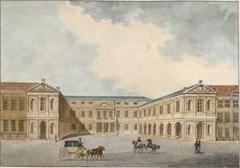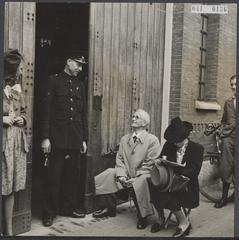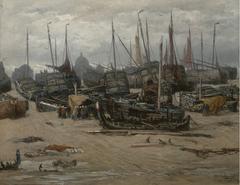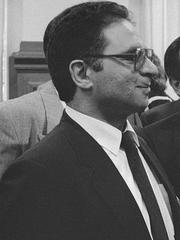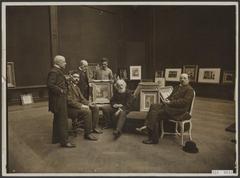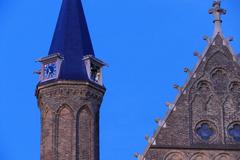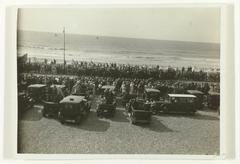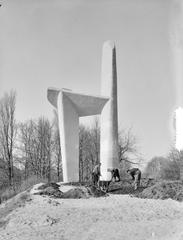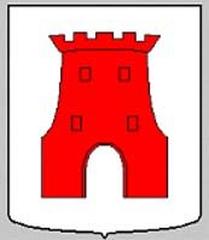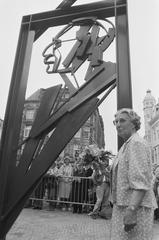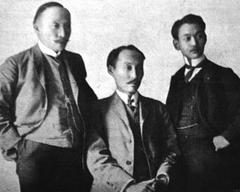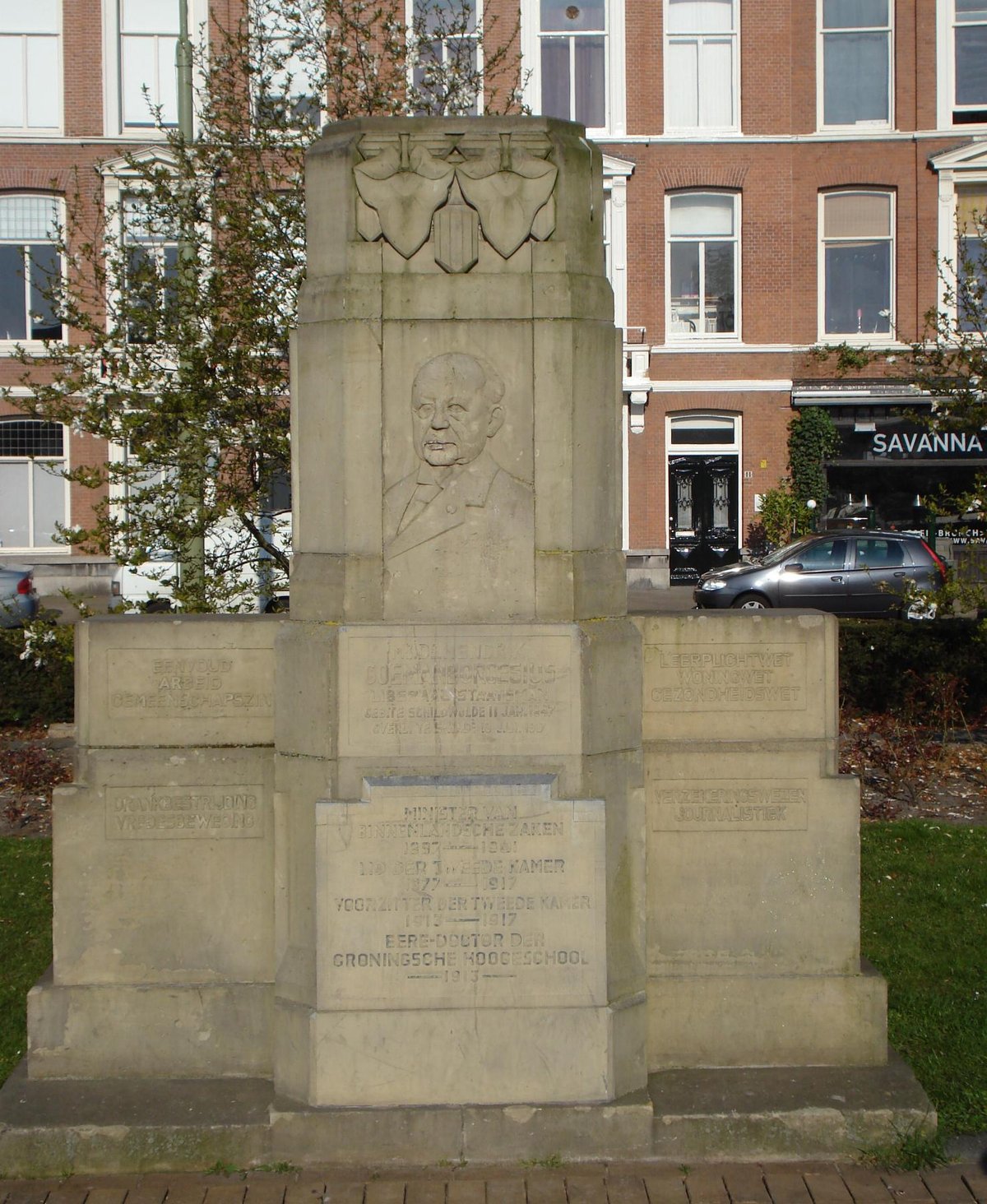
Hendrik Goeman Borgesius Monument: Visiting Hours, Tickets, and Historical Significance in The Hague
Date: 14/06/2025
Introduction: The Legacy of Hendrik Goeman Borgesius in The Hague
Located in the heart of The Hague, the Hendrik Goeman Borgesius Monument pays tribute to one of the Netherlands’ most influential reformers. Borgesius (1847–1917) was instrumental in shaping Dutch society through his advocacy for social reform, progressive education policies, and leadership in parliament. His legislative legacy, notably the Housing Act of 1901 and the expansion of compulsory education, continues to impact Dutch life today.
Positioned prominently at Prins Hendrikplein, the monument is not only a commemoration but also a gateway to exploring The Hague’s rich political and social evolution. Its artistic symbolism and central location make it a key stop for those interested in Dutch history and civic pride. Visitors often combine their visit with nearby landmarks such as the Binnenhof and the National Archives, immersing themselves in the city’s storied past.
This guide provides comprehensive details on the monument’s history, visiting hours, accessibility, and nearby attractions, ensuring a rewarding experience for all visitors. For more in-depth information, see Den Haag Monumenten, BKDH, and Netherlands Tourism.
Hendrik Goeman Borgesius: Life, Career, and Reforms
Early Life and Political Emergence
Born in Warffum, Groningen, Borgesius graduated in law from the University of Groningen in 1872. His legal work in The Hague exposed him to the challenges of a rapidly changing society. Joining the Liberal Union, he entered the House of Representatives in 1883, launching a political career that spanned over three decades (Parlement.com).
Advocacy for Social Reform
As Minister of the Interior (1897–1901), Borgesius was a driving force behind the Housing Act of 1901, which set new standards for housing and empowered municipalities to address urban poverty (Dutch Parliament). His work laid the foundation for modern Dutch housing policy.
Educational Reforms and the School Struggle
Borgesius was a key figure in the “Schoolstrijd” (School Struggle), advocating for secular public education and striving for the 1917 Pacification, which resulted in equal funding for both public and religious schools (Rijksmuseum).
Parliamentary Leadership and Influence
As Speaker of the House of Representatives (1905–1913), Borgesius was respected for his impartiality and played a pivotal role in reforms such as suffrage expansion and the development of social insurance (Parlement & Politiek).
Key Historical Sites in The Hague Related to Borgesius
Goeman Borgesius Monument
This outdoor monument at Prins Hendrikplein is accessible daily and free to all visitors. It is a frequent highlight in guided historical walking tours of The Hague (Den Haag Monumenten).
Goeman Borgesiuslaan
Located in the Bezuidenhout district, this street reflects early 20th-century residential development shaped by Borgesius’s reforms. It is easily reached by tram or bus (Den Haag Open Data).
Binnenhof
The historic parliamentary complex where Borgesius served offers guided tours from 10:00 AM to 5:00 PM. Tickets are €12 for adults and €6 for children (Binnenhof Den Haag).
National Archives
The National Archives hold original documents related to Borgesius’s reforms. Open Tuesday to Saturday, 10:00 AM to 5:00 PM. Admission is free, and appointments are advised for special collections (Nationaal Archief).
Practical Visitor Information
Getting There
The Hague’s public transport system (trams, buses) provides easy access to all major sites. Cycling is also a convenient and popular option in the city.
Accessibility
Most sites, including the monument, are wheelchair accessible. Check individual site websites for specific details.
Guided Tours
Many local operators offer themed tours focusing on social reform and political history, often including the monument and surrounding landmarks.
Special Events
Commemorative events at the monument are typically held on Borgesius’s birthday (February 2) and on the anniversary of the Housing Act.
The Hendrik Goeman Borgesius Monument: Historical Background and Artistic Features
The monument was unveiled in 1924 to honor Borgesius’s enduring influence as a reformer and statesman. Created by sculptor Johan Coenraad Altorf, it stands 263 cm high and is crafted from natural stone, reflecting permanence and resilience. Borgesius is depicted in a contemplative pose, often shown holding a document or book—symbolizing his commitment to education and legislative progress (BKDH).
The monument’s design includes inscriptions and symbolic motifs such as laurel wreaths, representing triumph and civic honor. Benches and landscaped pathways around the statue invite visitors to reflect on Borgesius’s legacy. Its placement in Prins Hendrikplein underscores The Hague’s role as the center of Dutch political life (Wikimedia Commons).
Visiting the Hendrik Goeman Borgesius Monument: Hours, Admission, and Tips
Location
- Address: Prins Hendrikplein, Centrum, The Hague
- GPS Coordinates: 52.082535180131, 4.29444442521588 (BKDH)
Getting There
- Tram/Bus: Easily accessible via The Hague’s tram and bus network; nearest stops are within walking distance.
- On Foot/Bicycle: The monument is centrally located in a pedestrian-friendly area, ideal for walking or cycling.
- Car: Limited street parking; public transport is recommended.
Visiting Hours and Tickets
- Hours: Open 24/7; the monument is outdoors in a public square.
- Admission: Free; no ticket required.
Accessibility
- Mobility: The square is flat and paved, accessible to wheelchairs and strollers.
- Facilities: No dedicated restrooms at the monument, but nearby cafes and restaurants may offer facilities to customers.
Best Times to Visit
- Season: April–October for pleasant weather.
- Time of Day: Early mornings and late afternoons are quieter and offer optimal lighting for photography.
Visitor Etiquette
- Respectful Conduct: Please do not climb on the monument. Quiet reflection is encouraged.
- Photography: Permitted for personal use. Commercial shoots may require municipal permission.
Nearby Attractions and Suggested Itineraries
- Mauritshuis Museum: Houses works by Rembrandt and Vermeer, just a short walk away (PlanetWare).
- Binnenhof: The seat of Dutch government; tours available.
- Grote Kerk (Sint-Jacobskerk): Historic church nearby.
- Lange Voorhout: Scenic avenue ideal for strolling.
- Scheveningen Beach: Reachable by tram, offering a coastal escape.
FAQs: Hendrik Goeman Borgesius Monument
Q: What are the visiting hours?
A: The monument is accessible 24/7 with no fees.
Q: Is there an entrance fee?
A: No, visiting is free of charge.
Q: Are guided tours available?
A: The monument is included in many city walking tours. Check with local operators for options.
Q: Is the site wheelchair accessible?
A: Yes, the area is level and accessible to all visitors.
Q: Is photography allowed?
A: Yes, for personal use.
Q: Are there restrooms nearby?
A: Not at the monument, but nearby cafes and restaurants have facilities.
The Hague Visitor Guide: Highlights and Essentials
Historical and Political Significance
The Hague is home to Dutch government institutions, royal palaces, and international courts. Key sites like the Binnenhof and Peace Palace are open to visitors, with tours available and tickets best booked online.
Cultural and Natural Attractions
- Mauritshuis: Open daily, home to Dutch Golden Age paintings.
- Escher in Het Paleis: Interactive art museum.
- Madurodam: Popular miniature park.
- Scheveningen Beach and Haagse Bos: Offer natural beauty year-round.
Accessibility and Practical Tips
- Transport: Efficient public transport, bike-friendly streets.
- Best Time to Visit: Spring and autumn for mild weather.
- Accommodation: Central hotels and affordable options outside the city center.
- Events: Prinsjesdag (Prince’s Day) and international festivals enliven the city throughout the year.
Final Tips for Visiting the Hendrik Goeman Borgesius Monument
Visiting the monument offers a meaningful perspective on Dutch social progress and political history. Its proximity to other major sites makes it easy to include in a broader exploration of The Hague. The monument stands as a testament to enduring values of social justice, education, and civic responsibility—an inspiring stop for travelers and history enthusiasts alike.
For the most current information on accessibility, events, and guided tours, consult official resources and tourism apps such as Audiala.
